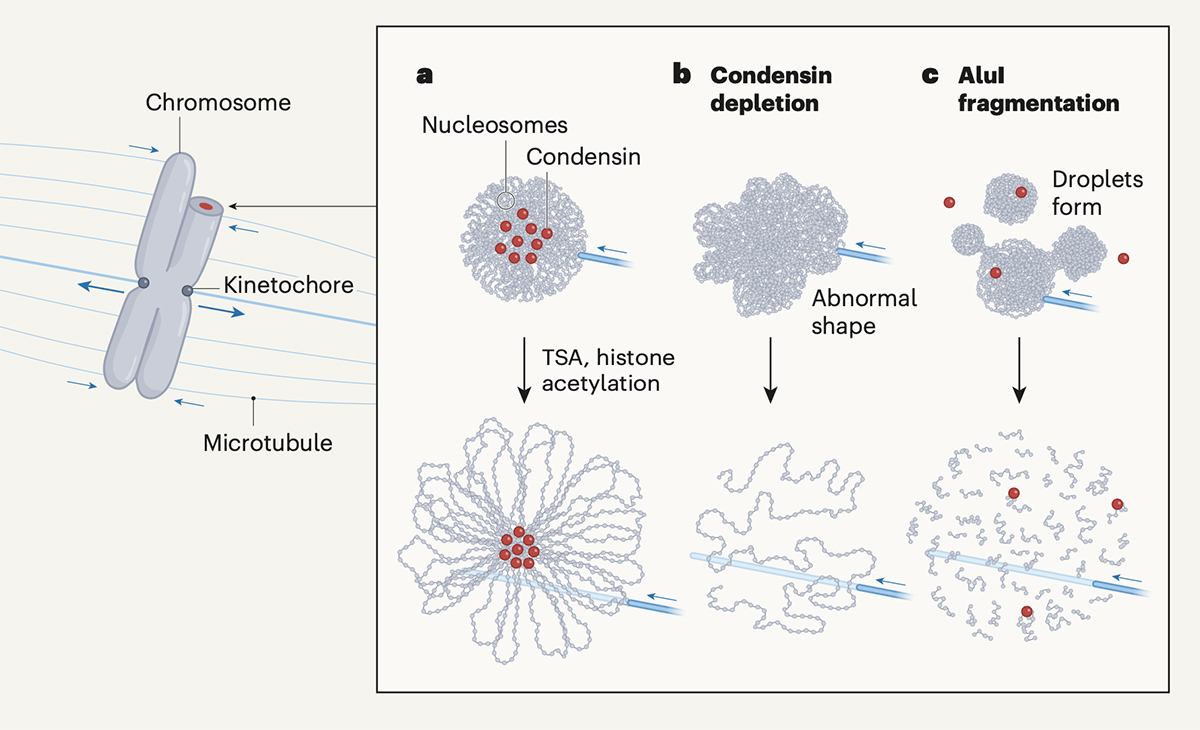2022-08-03 マサチューセッツ大学アマースト校
これまでで最も包括的な霊長類の毛と皮膚のデータセットを作成するにあたり、ヒト以外の霊長類の毛は、ヒトに比べて体の部位によるマイクロバイオームの多様性の変化が少ないことを発見しました。これは、毛や他の皮膚付属物が体全体に比較的均一に分布していることに起因すると考えられています。
また、ヒト以外の霊長類の毛髪マイクロバイオームは、宿主の種の同一性、宿主の性別、宿主の環境、宿主の体の部位によって異なることがわかりました。このことは、ヒト以外の霊長類の毛髪マイクロバイオームの多様性が、進化と環境の両方の要因、および霊長類内と種間で異なることを示している。
<関連情報>
- https://www.umass.edu/news/article/new-study-umass-researchers-examines-microbiome-diversity-across-primate-species
- https://journals.asm.org/doi/10.1128/msystems.00478-22
霊長類の種内および種間の毛髪マイクロバイオームの多様性 Hair Microbiome Diversity within and across Primate Species
Catherine Kitrinos, Rachel B. Bell , Brenda J. Bradley, Jason M. Kamilar
mSystems Published:25 July 2022
DOI: https://doi.org/10.1128/msystems.00478-22

ABSTRACT
Primate hair and skin are substrates upon which social interactions occur and are host-pathogen interfaces. While human hair and skin microbiomes display body site specificity and immunological significance, little is known about the nonhuman primate (NHP) hair microbiome. Here, we collected hair samples (n = 158) from 8 body sites across 12 NHP species housed at three zoological institutions in the United States to examine the following: (1) the diversity and composition of the primate hair microbiome and (2) the factors predicting primate hair microbiome diversity and composition. If both environmental and evolutionary factors shape the microbiome, then we expect significant differences in microbiome diversity across host body sites, sexes, institutions, and species. We found our samples contained high abundances of gut-, respiratory-, and environment-associated microbiota. In addition, multiple factors predicted microbiome diversity and composition, although host species identity outweighed sex, body site, and institution as the strongest predictor. Our results suggest that hair microbial communities are affected by both evolutionary and environmental factors and are relatively similar across nonhuman primate body sites, which differs from the human condition. These findings have important implications for understanding the biology and conservation of wild and captive primates and the uniqueness of the human microbiome.
IMPORTANCE We created the most comprehensive primate hair and skin data set to date, including data from 12 nonhuman primate species sampled from 8 body regions each. We find that the nonhuman primate hair microbiome is distinct from the human hair and skin microbiomes in that it is relatively uniform—as opposed to distinct—across body regions and is most abundant in gut-, environment-, and respiratory-associated microbiota rather than human skin-associated microbiota. Furthermore, we found that the nonhuman primate hair microbiome varies with host species identity, host sex, host environment, and host body site, with host species identity being the strongest predictor. This result demonstrates that nonhuman primate hair microbiome diversity varies with both evolutionary and environmental factors and within and across primate species. These findings have important implications for understanding the biology and conservation of wild and captive primates and the uniqueness of the human microbiome.


